Theo Verelst Local Diary Page 66
I've ditched the usual header for the
moment, I think it doesn't help much anyhow.
This page is copyrighted by me, and may be read and transfered by any
means only as a whole and including the references to me. I
guess thats normal, the writer can chose that of course, maybe
I´ll make some creative commons stuff one day, of course I have
made Free and Open Source software and even hardware designs available!
This
page is under construction, so check back later, too.
Feb 15 16:16, 2009
Doubling the stakes of picture making again? No, just descriptions of
what I'm into, actually.
I had nothing to do with this, except I made a photo:
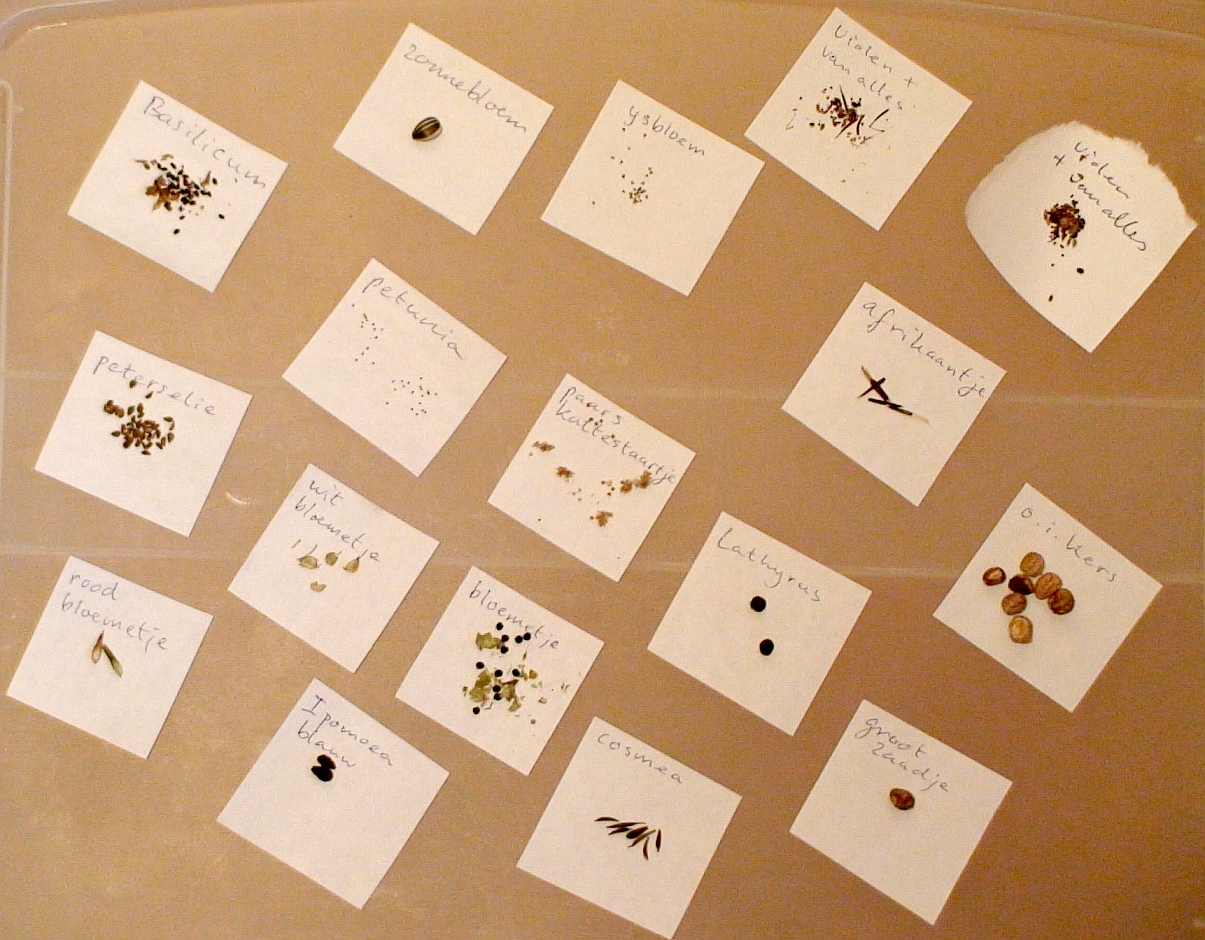
A High Quality Blu-Ray Course?
How to start with that ? Well these are good beginnings:
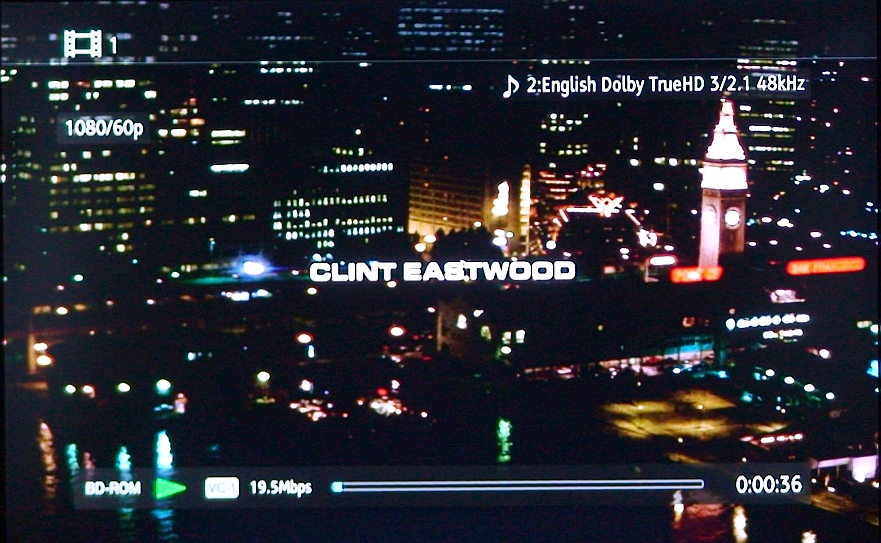
A very good film
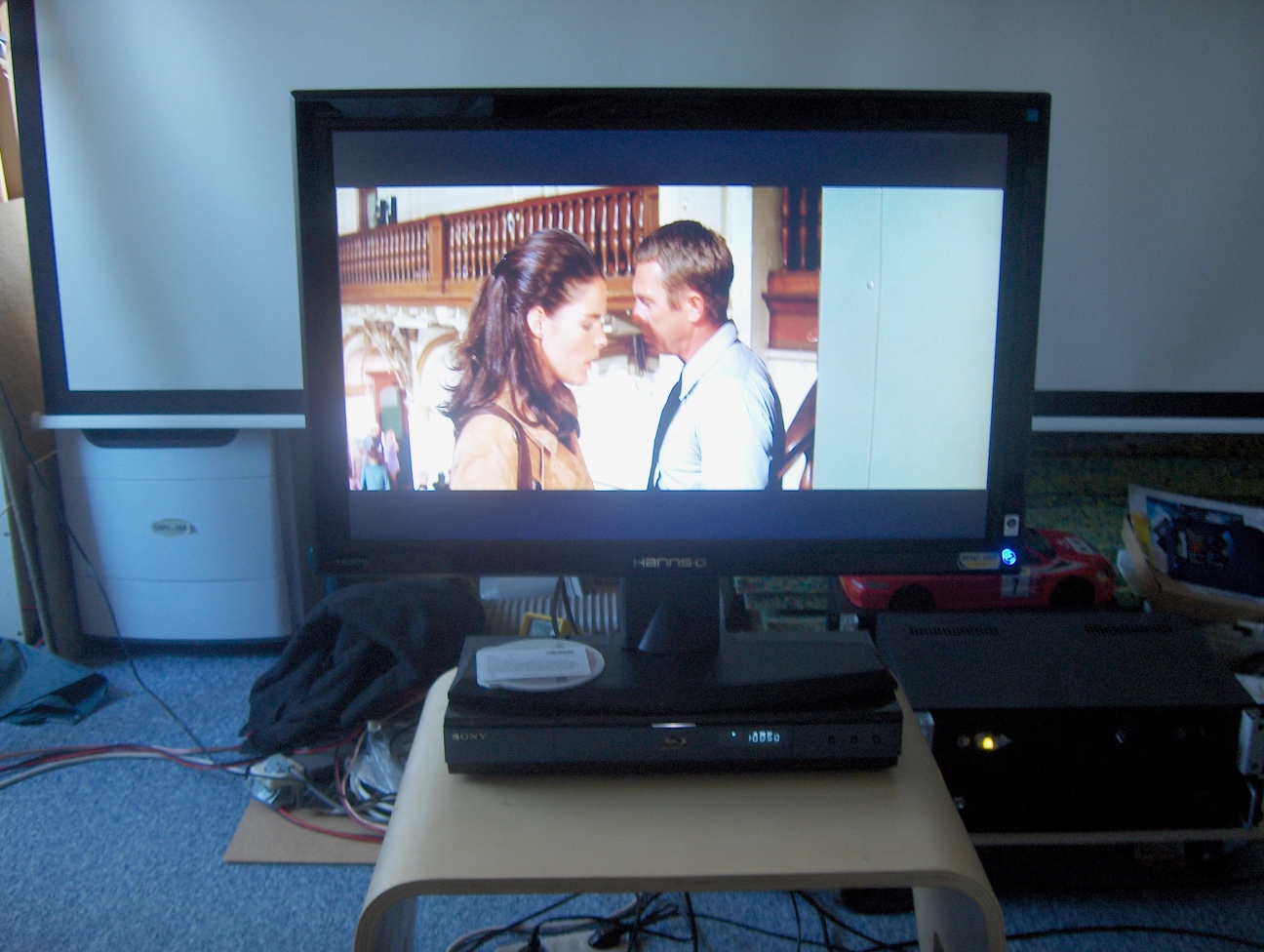
A good screen (1080, 3 mS, 500 C/sq m, 28 inch, hdmi)
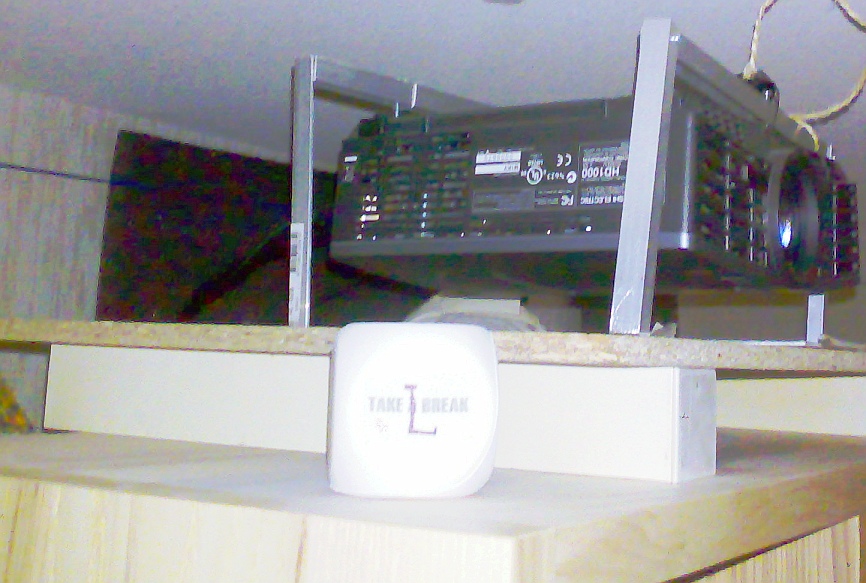
Or beamer, of course (Mitsubishi HD1000, 720, hdmi, 1500 Lumens, DLP!)
and a big an good screen (I use a 2 meters and 30 cm wide (white area)
pro grade 1.5 reflective one, 16:9, with dark edges, but totally no
thrills, no motor, only a wooden frame to support it, it even hangs in
a little bit of unflat way. But it works totally great.
See previous diary pages and some of my general pages about the systems
I use, for instance the self-made large surround audio system.
like this?:
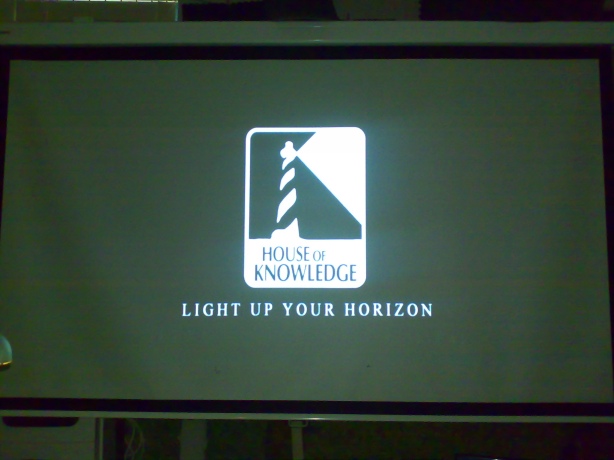
I doubt it.
Settings, please?
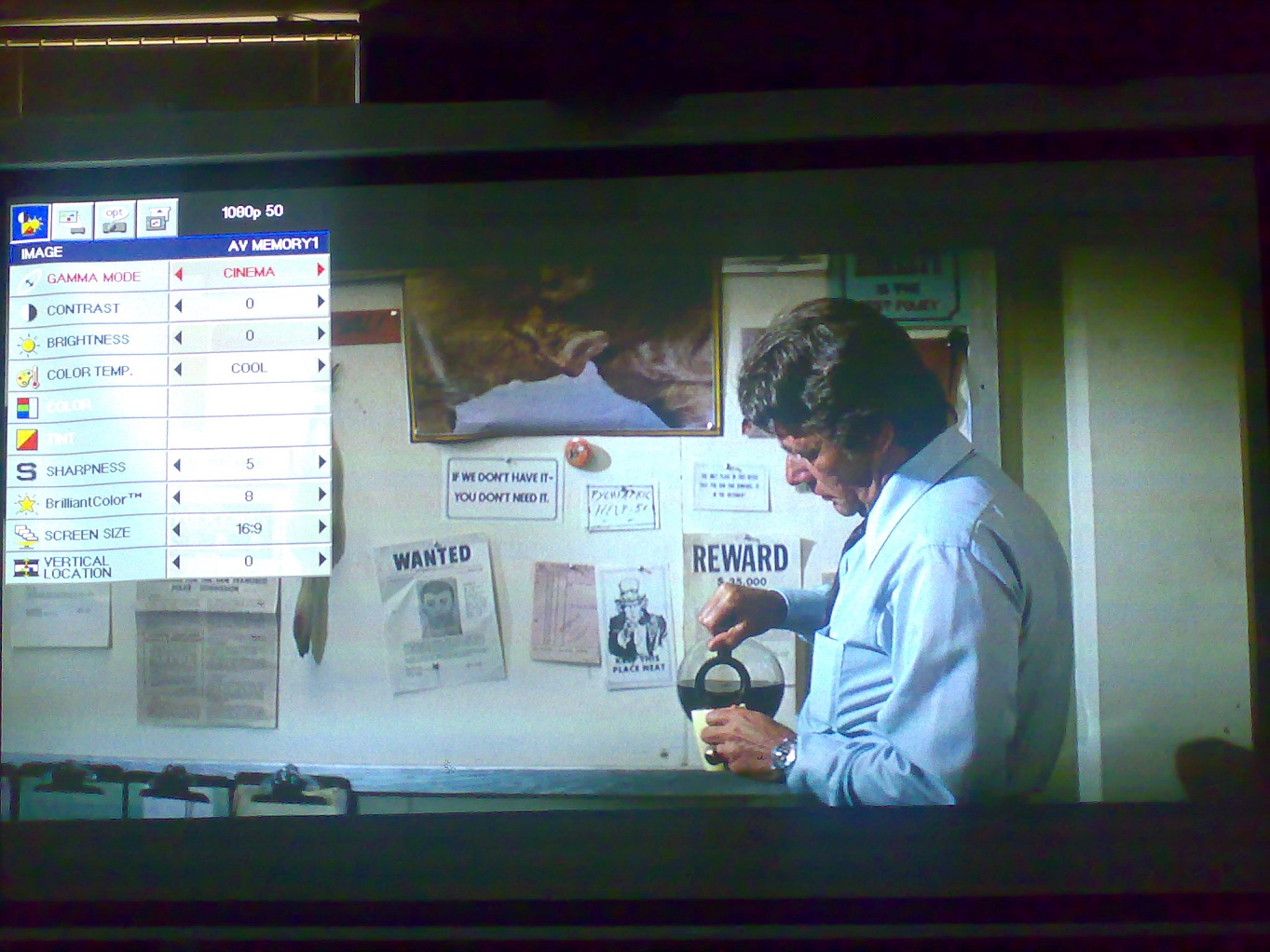
For almost all films on a decent medium (HD DVD, BBC digital, Blu Ray)
cinema is the setting, and cool the temperature, although there are
much more exceptions to the last. A 2 extra contrast and 1 brightness
can work good, certainly on low mode. But man, those settings have 30
points, and then still they don´t do that much!!!!! Sure,
I´m using accurate settings, preferably, adjusting a film is not
like adjusting the picture on an old colour TV!
Sharpness can be used on most good films, when feeding the projector
with 1080 while it is actually 720, it can derive a lot more perceptual
sharpness with it´s internal processing, which is does pretty
nice.
Brilliant colour is usuable on most blurays, except films before 70 or
from shady sources. 8 Is about the maximum mostly, on less vibrant
sources than bluray, probably you´ll want to use 4 or 5.
For HD materials, leave the vertical location at 0, or the motion
behaviour seriously suffers.
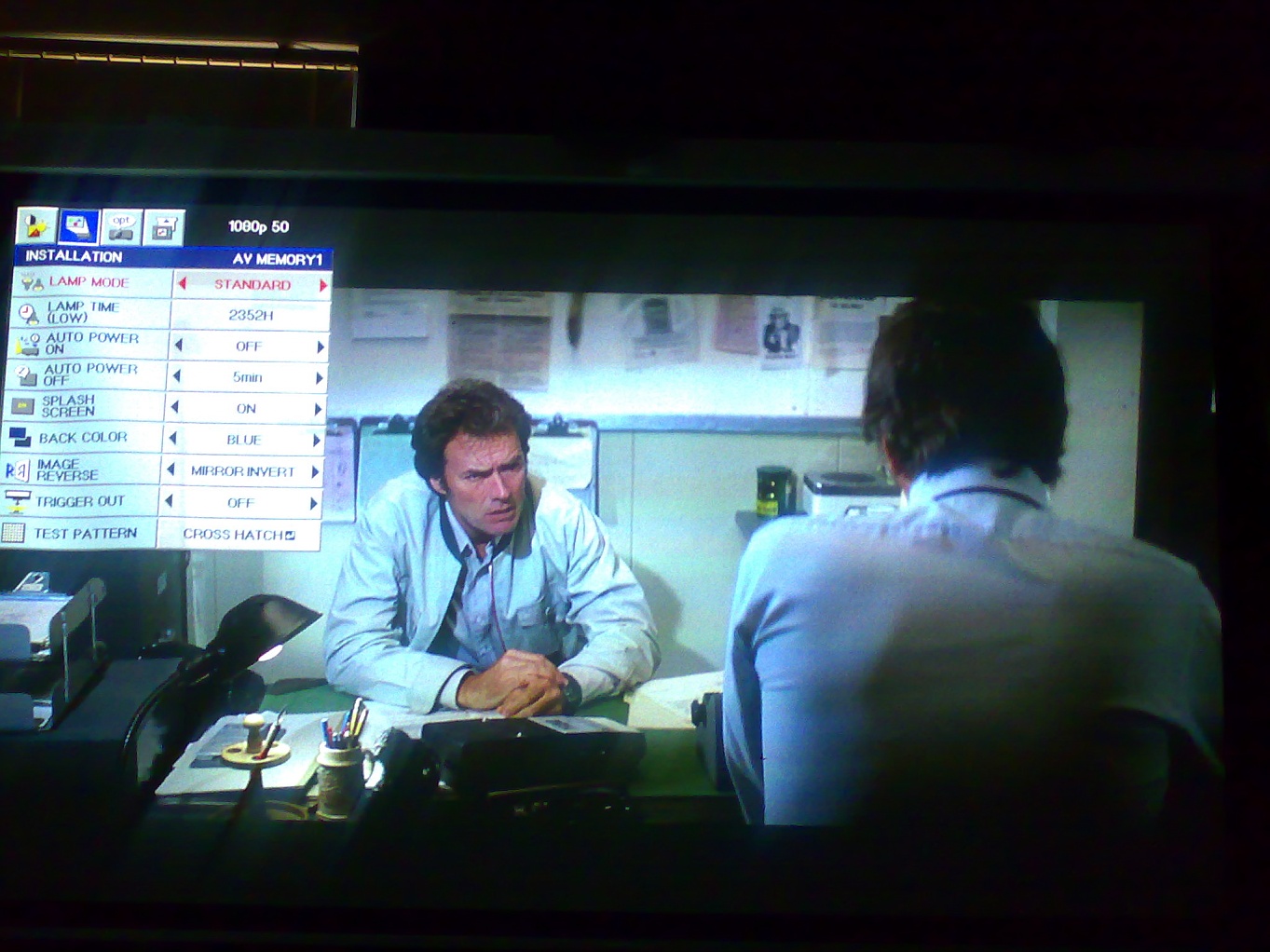
Standard is bright in a sense, although compared with the intended
professional theatre I guess it isn´t enough by far. Lamp is
getting worn, but still works good. Mirror invert is because of the way
the beamer is hung up.
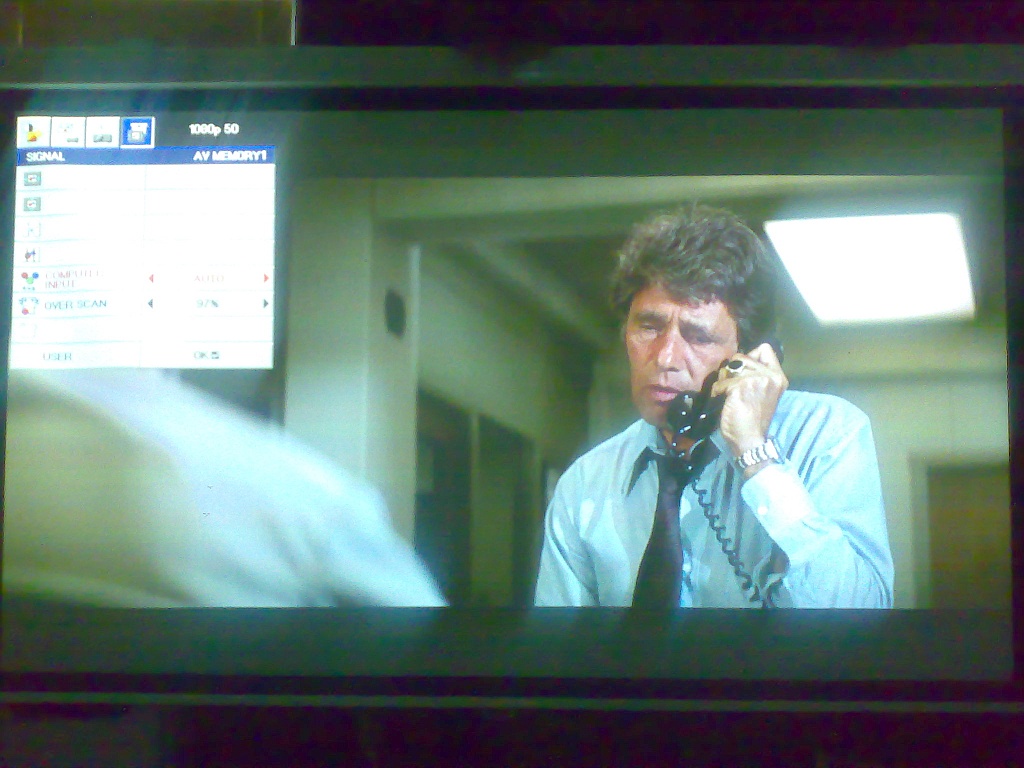
Hm hard to read, but all should be set neutral, except in this case I
deliberatly set 97% scaling on, while normally 100% (pixel match) is
usually preferable by far. Here I got the cinema effect just a bit
better at the little under 3 meters viewing place with a little
enlargement, while loosing a little from the sides, of course. More
then 95% doesn´t work good, with respect to motion effects.
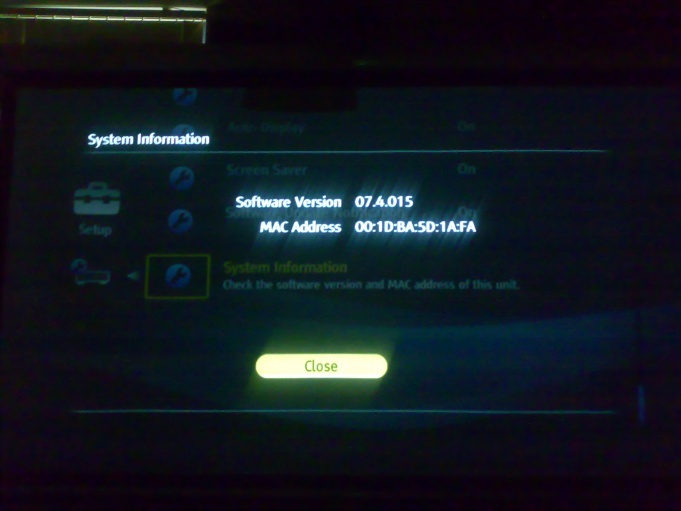
No changes to the menus or interface, but picture seems to have
improved.
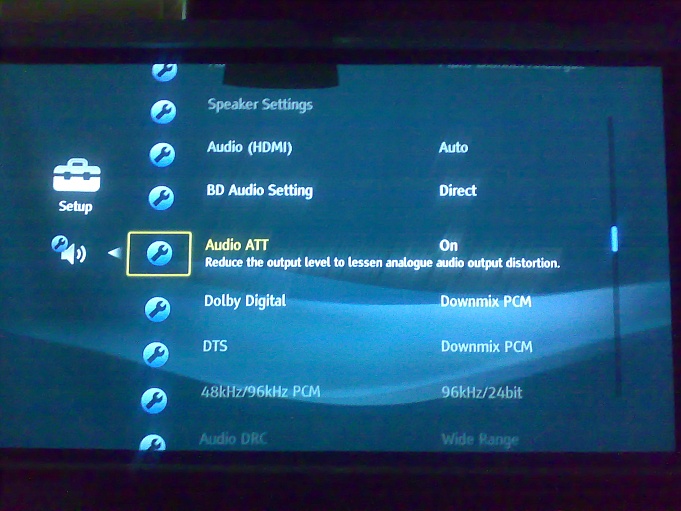
I needed it because the Black Crowes in San Francisco seemed to have a
distorting side signal at some point, and the dynamic range of the
(most of the time DTS) DA converter in the player and the bi-amped rear
speakers is more than enough to not need max-ed out headroom.
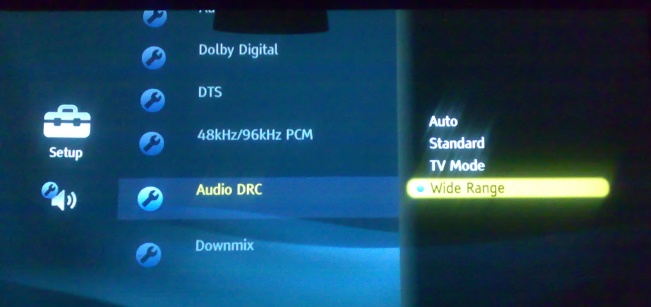
If you dare, and it isn´t late at night (for the neighbours). And
of course: when the dynamic range of your audio chain allows it, so
that quiet scenes aren´t noisy. Otherwise standard should be
good. I don´t know how the variou splayers will accomodate these
settings technically, the setting which performs no extra processing to
the sounds coming from the DTS tracks is by far preferable.

Usually: the higher the better!

If your screen/beamer supports it: great!

I upgraded the blu-ray player recently, it seems to be very nice now
with x.v.
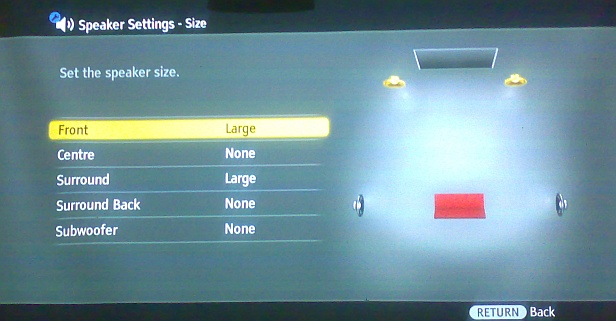
As preferable: all large speakers, and no sub channel, that is only
confusing unless it would be a real sub channel, like a
movie Bose-sub box or so, in most cases it´s not very HiFi to use
the sub vacume cleaner approach or still rather small sub speaker to
´do some low frequencies´. Honestly, my main speakers are
probably larger a piece than most sub woofers from consumer surround
systems, namely 12 inch. I mix the sub low with the main speakers, and
filter myself under 40 Hz (without AD DA conversion, with analog
filters) to feed a large 15 inch sub, with no bass-port and large
enclosure (> 100l) and a lot of power (hundreds of watts sine RMS),
of good quality (few coupling capacitors of good quality, DC endstage
coupling).
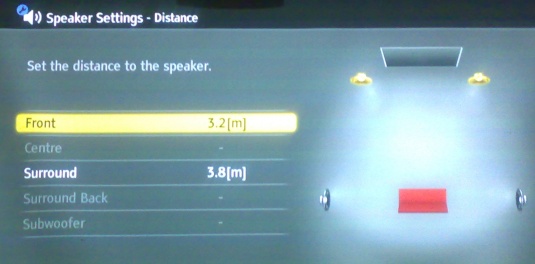
Because of the indirect rear or better put side sound in my setup, and
the compensation for the extra DA converter on the front speakers, the
distance is maxed out for the side/rear speakers.
Don´t forget to set the best audio quality avaible, which is
certainly not always the default setting! (dolby true HD, DTS, and PCM
are not compressed formats and therefore almost always preferable):
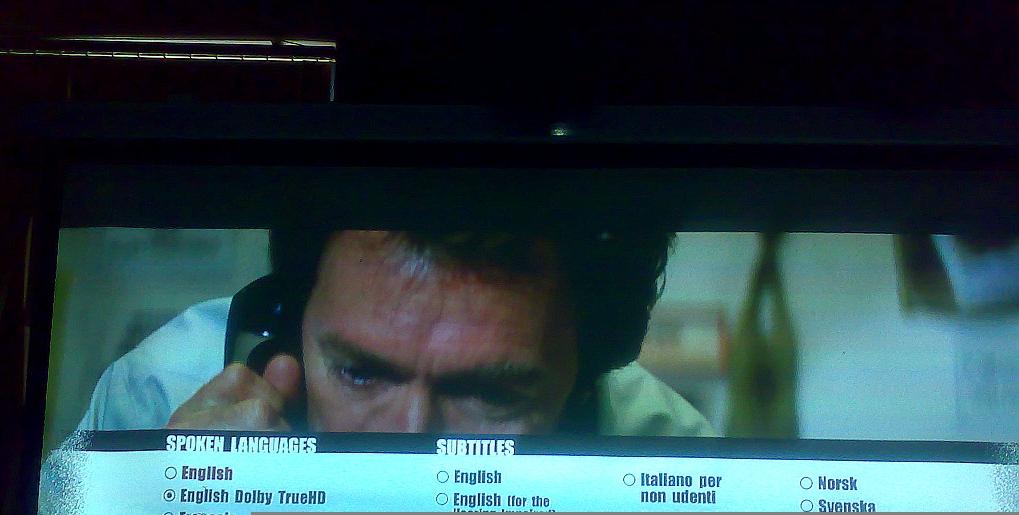
Neutral is often best, a theater room setting may work:

I haven't checked these acronyms out yet, for Noise Reduction, I found
some work fine for older films, like in the Bullet, but normally: all
off

Slow DA is generally preferabe, some materials are made for faster
(usually not better), short reconstruction filters, and the AV delay
depends on your theater, your DA converters (In this case the Lexicon
on the TOS link), and how the film was intended:
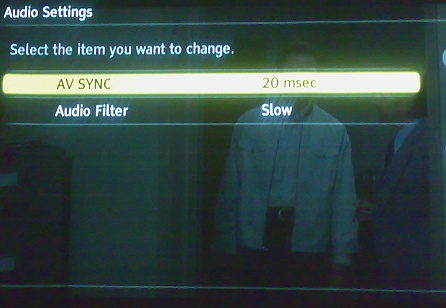
Will we even get 24 frames/sec material on the Blu-Ray, too???
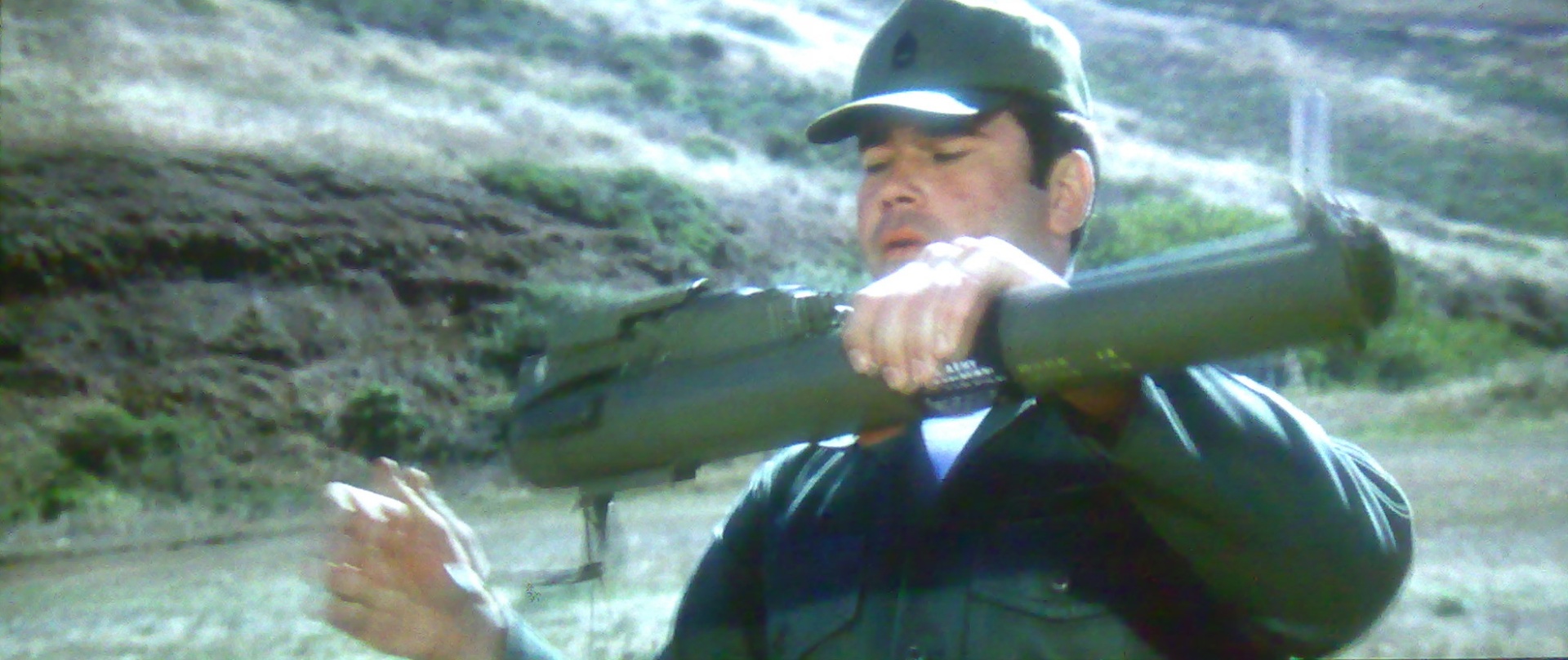
And does it all work in practice with all these settings?!
Yeah!
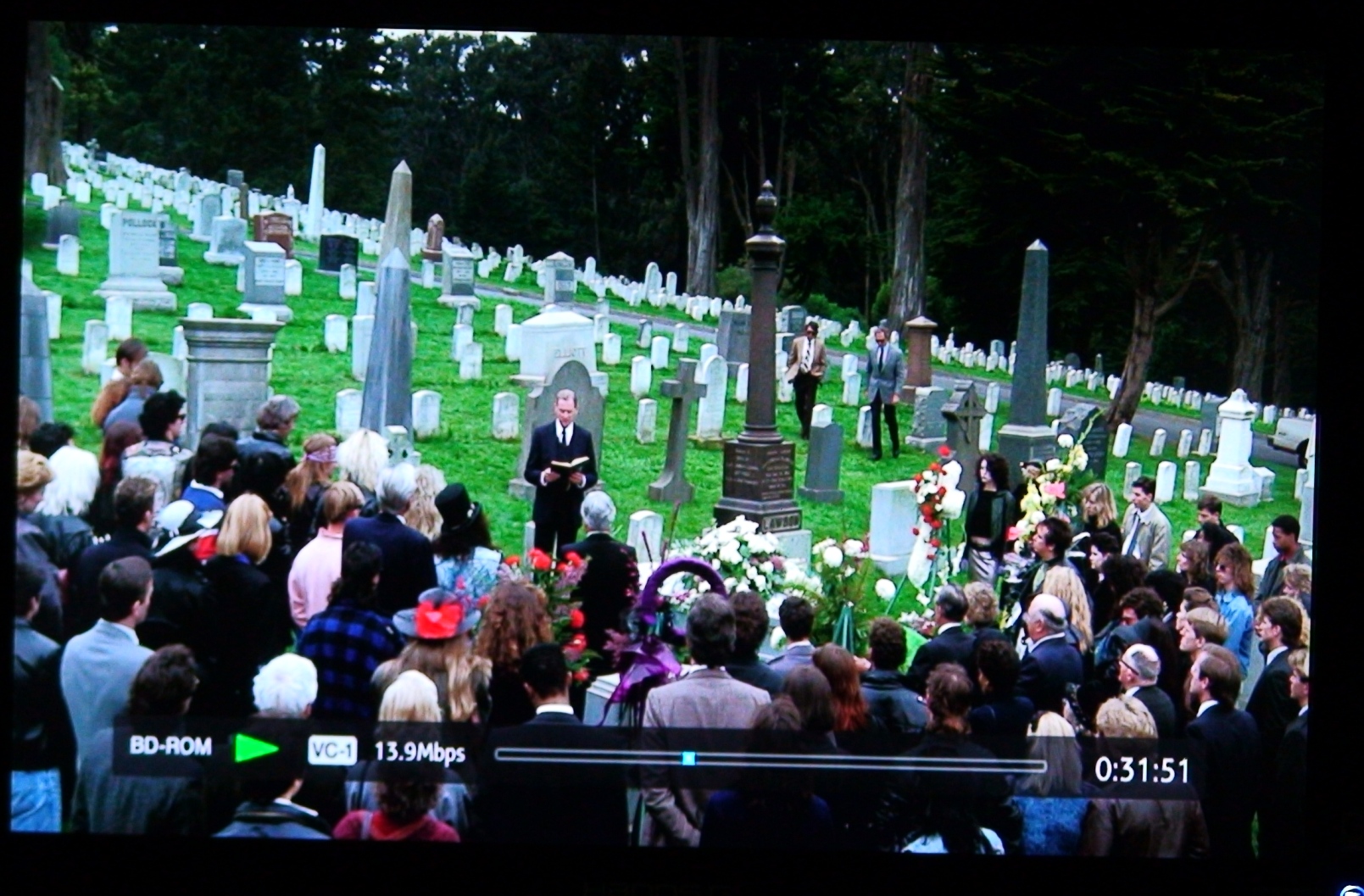
VC-1 isn't great, what do those letters suggest, anyhow?
All these screen pictures were made with a camera (most with a (top)
mobile phone) and processed a bit. Such process isn´t compable
with the actual way the picture looks on the screens. And moreover, the
screen you use to look at this page is probably not better, but of less
quality (I´m sorry, I mean on average that is statistically true)
so it cannot even display a still which shows the actual quality (or
lack thereof) of what I´m now used to looking at. One can see the
pixels and an impression of colours and such, of course. ANd evidently,
we´re not talking louse VCR screendumps of noisy and limited
video images here...
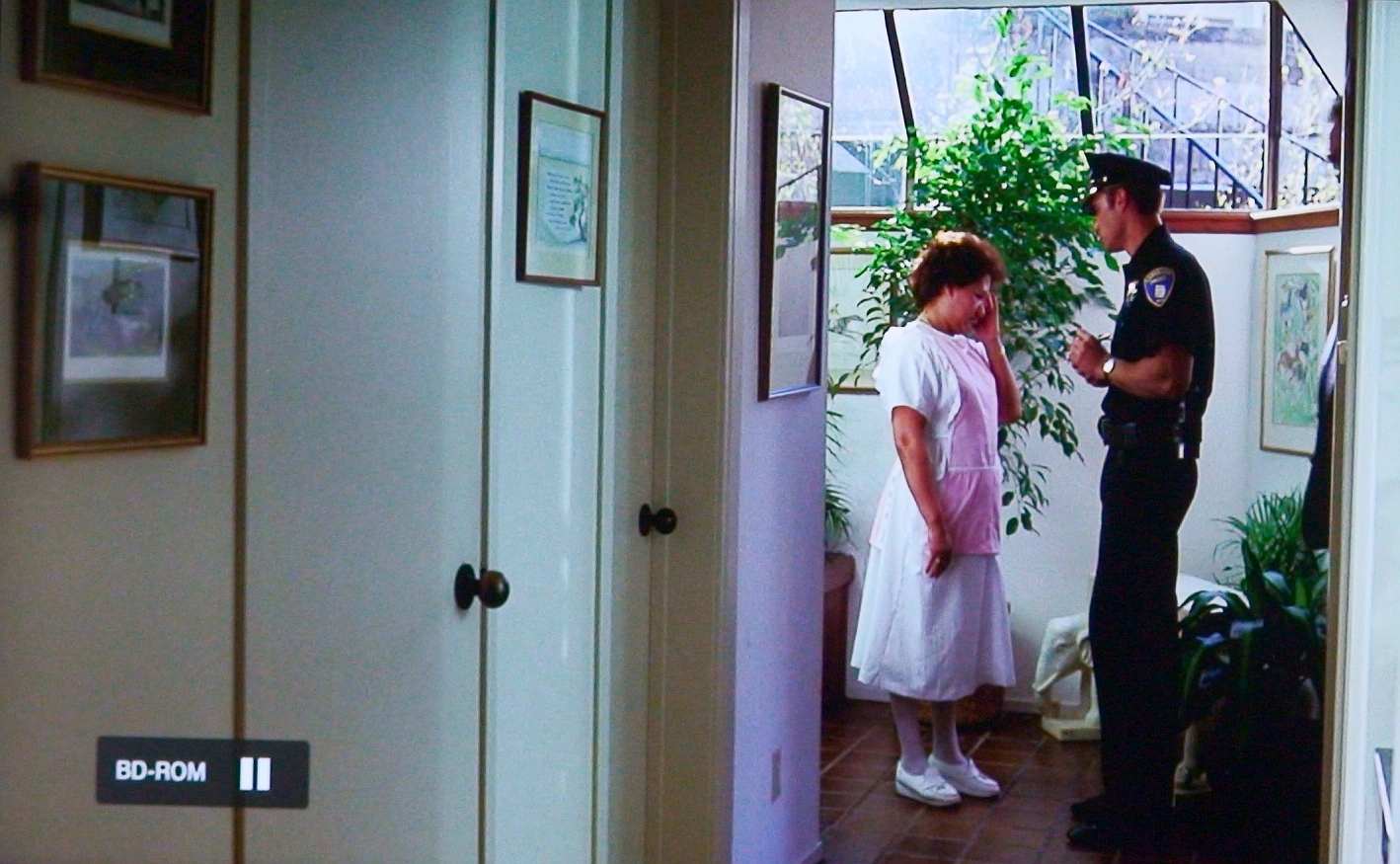
I didn´t even process the pictures I took of the screen very
much, but for instance here I adapted the gamma to a more normal value
and then it is clear the (good quality, it´s a Nokia E90
Communicator with 3 actual megapixels) phone camera there is noise in
the images jpg, which clearly isn´t on the screen.
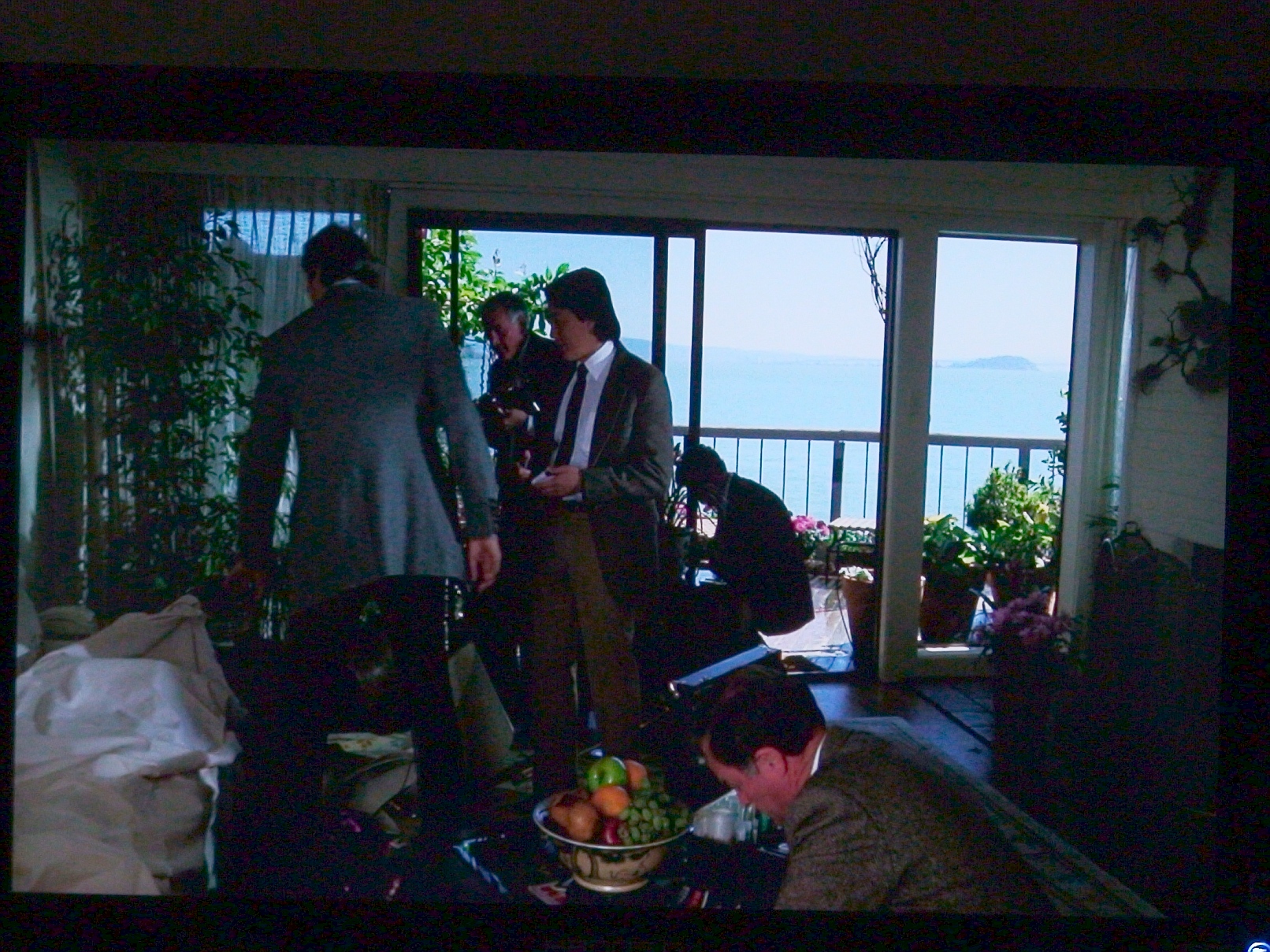
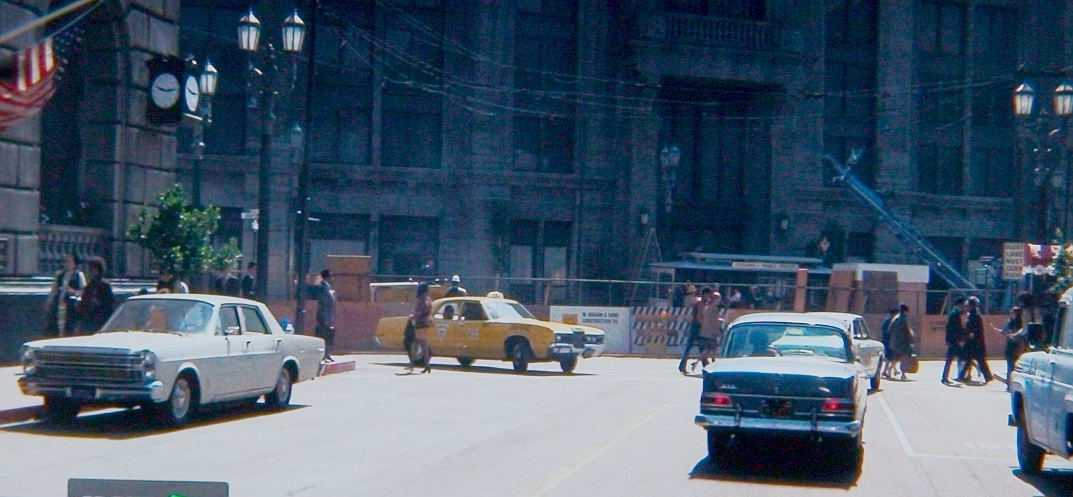
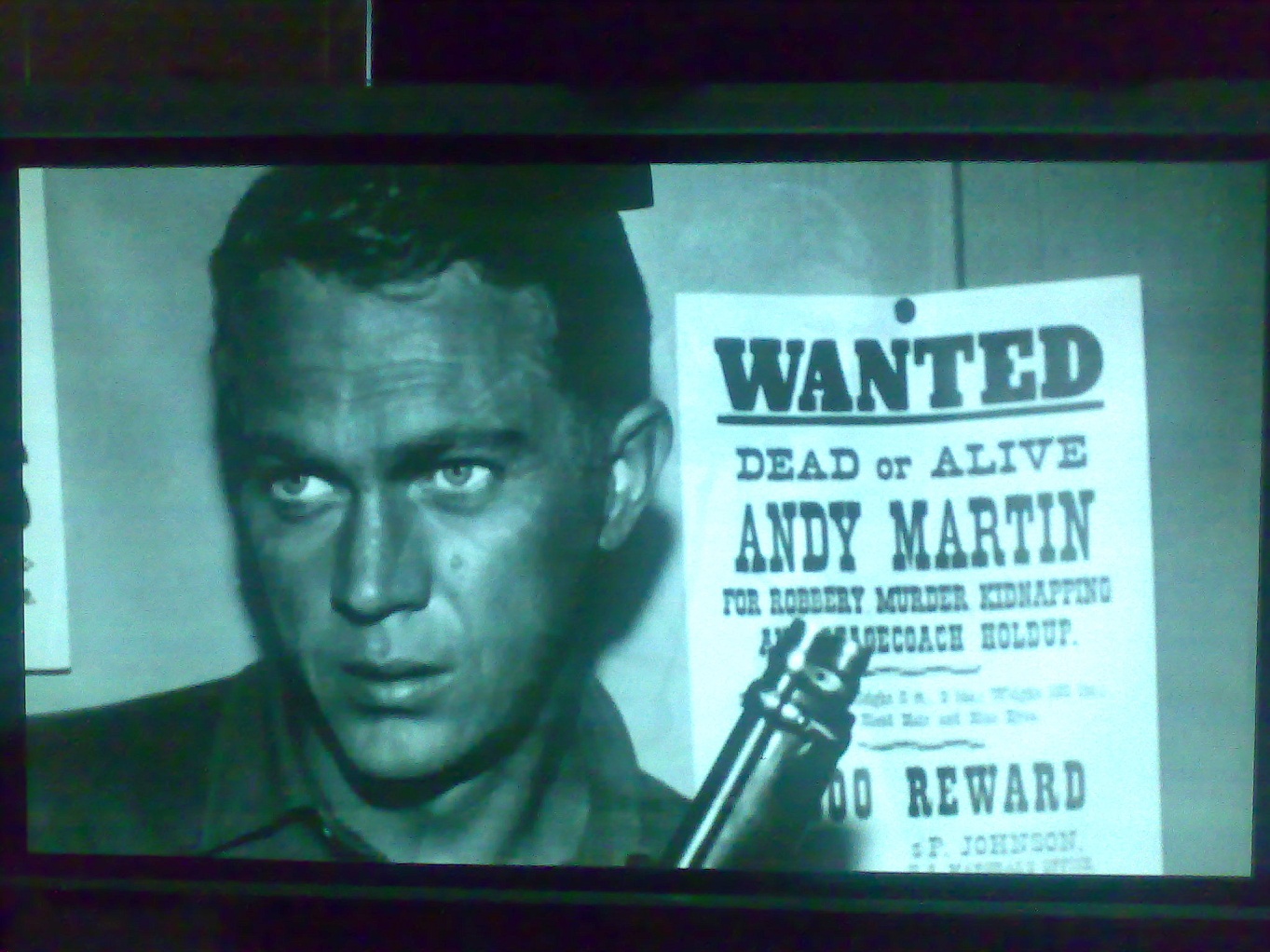
As very much an exception (the latest pictures I took with it are from
years ago) the HD screen with a (non-tripod, clearly) HP camera:
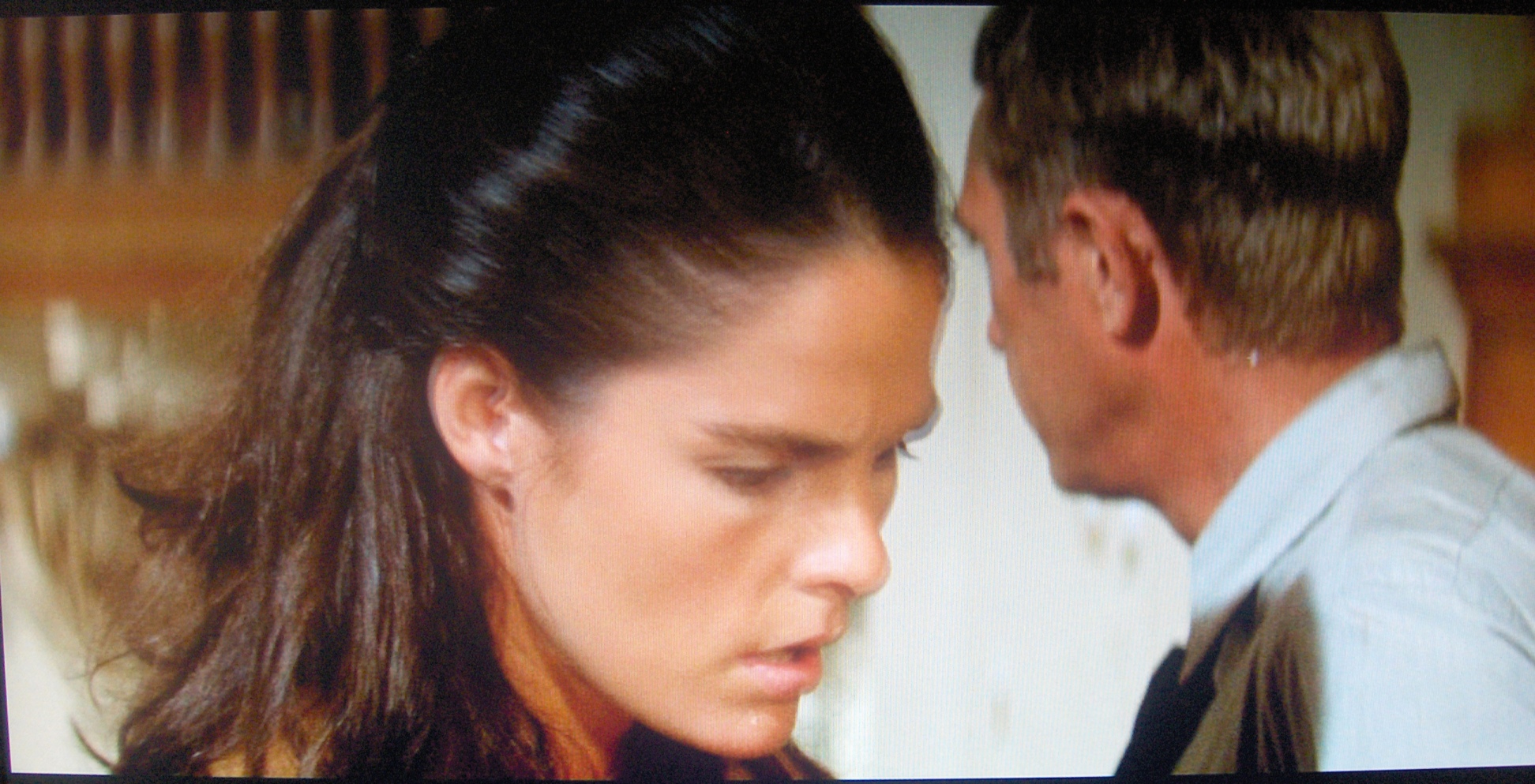
A gif for possibly some more colour variation:
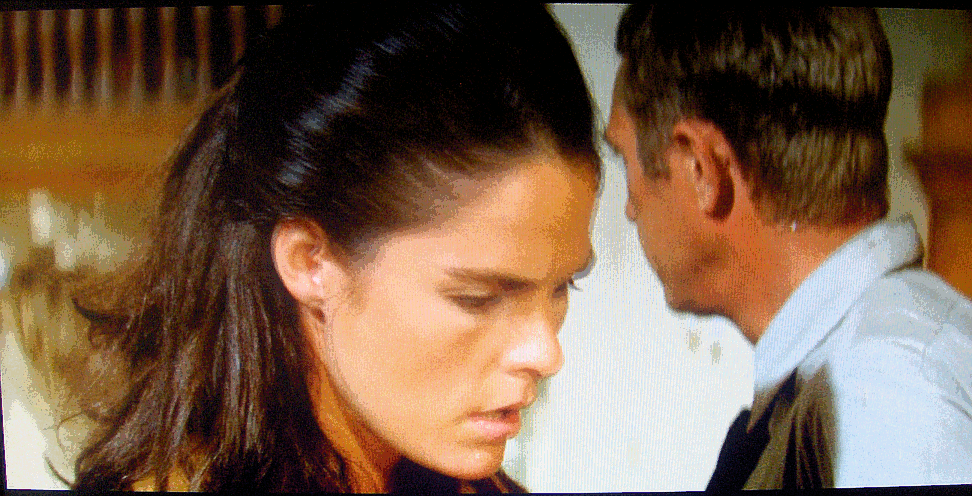
Well, that's a going on way, though the screen is nicer (but less
resolution, 'only' 720 but in very good quality), and even that could
be larger, I think:
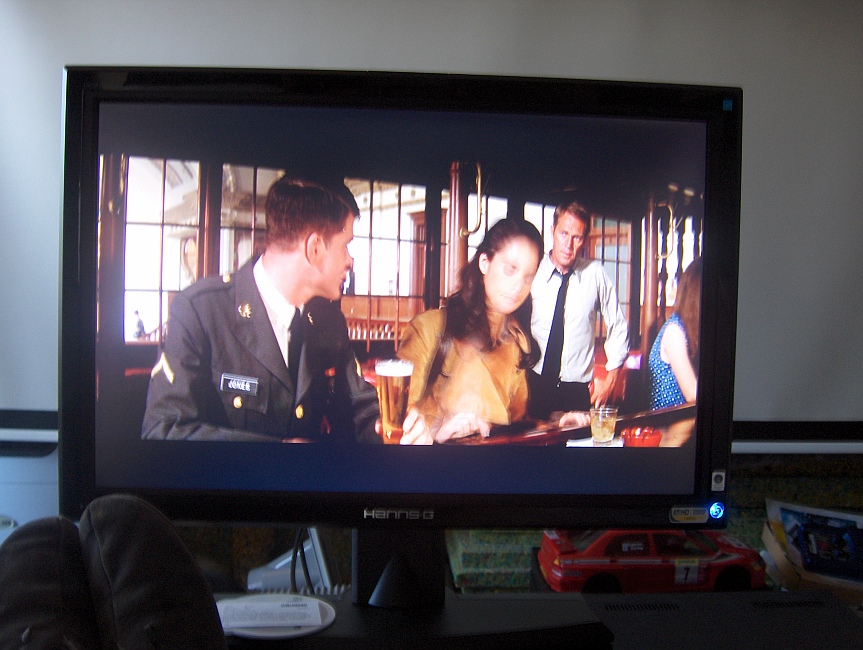
Oh, all the above photo´s, lately always made with a good phone
or the Sony HC-3 HD cam were processed with cinepaint (some with GIMP)
in different ways, not even two were processed in the exact same way!
Processing however is mild, and never involves any kind of pixel or
otherwise drawing/painting, only general changes like contrast, some
gamma corrections, a bit of equalisation or de-equalisation, mild
curves or histogram correction, obvious rotations/croppings etc., and
always in 16 bits per pixel.

More Music Please!
Creedence Clearwater Revival with a great song called Mary Lou (click
images for youtube link, remember to check copyright issues some time).

Another great song:
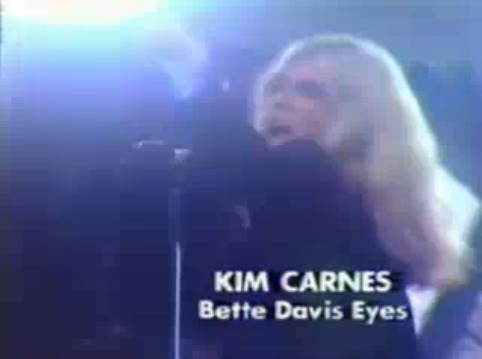
A fav of mine:
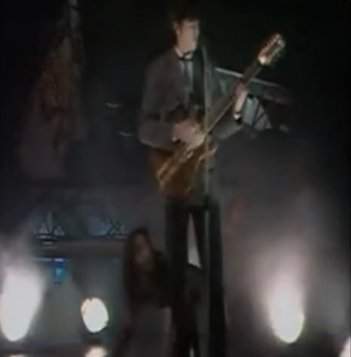
An earier rendering of Mary Lou:
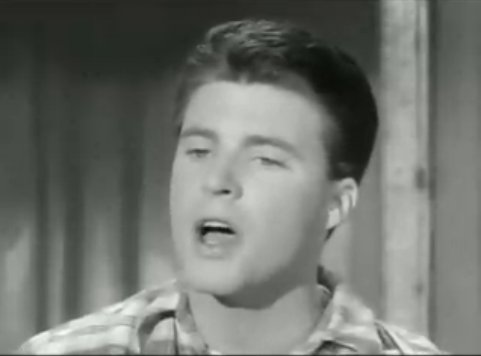
And yet another:

And another:
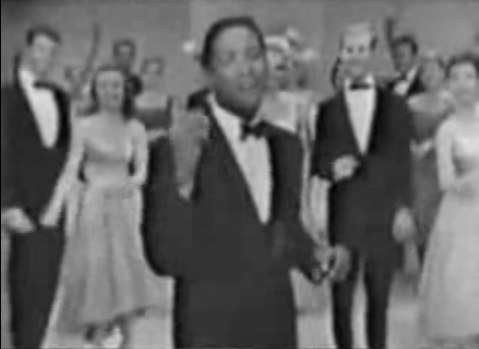
It's all Rock and Roll:
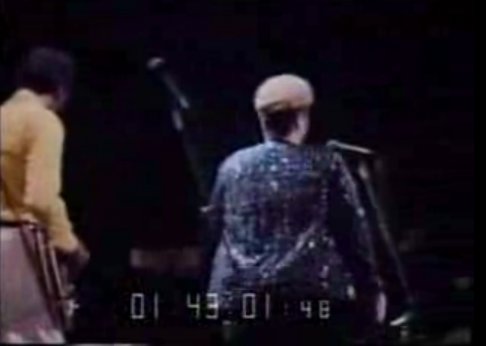
More (cheap !) RC car
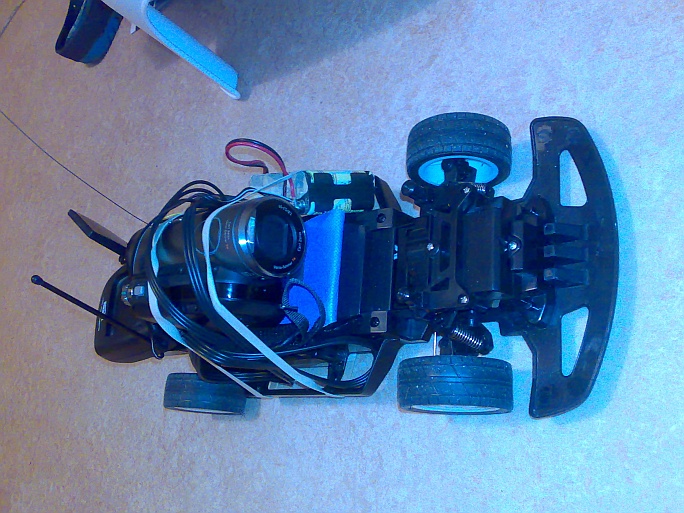
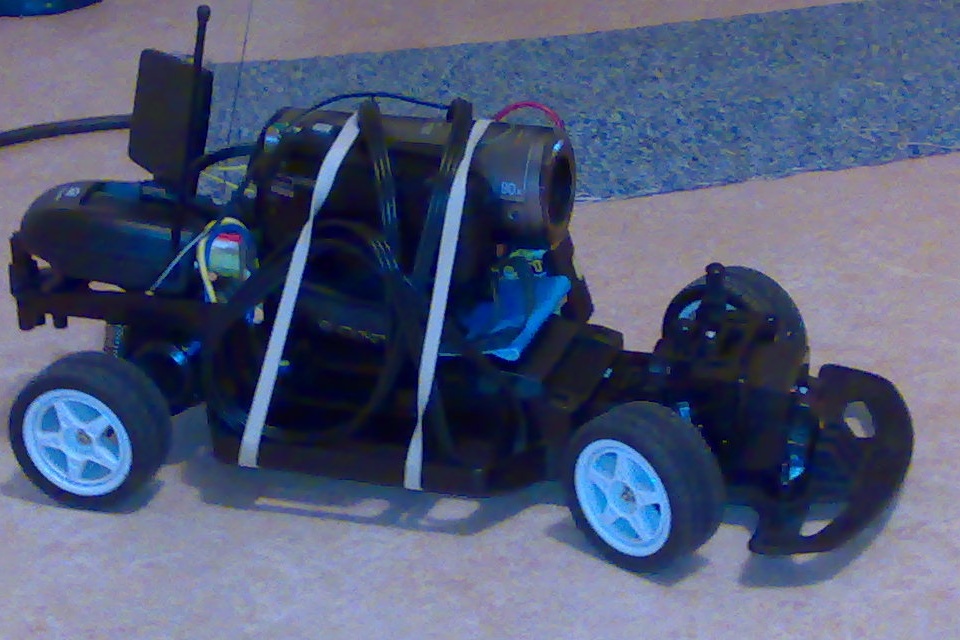
A little movie (50 Mega Bytes,
mp4, 640x480) to show the even of remotely viewing where the car drives.
The square thin on the back is a wireless video link, with a battery
back, which is fed by the HD cam on the middle part. The receiver of
the wireless video/audio link is connected with a small LCD screen, for
immedeate feedback of where the car drives from the camera.
I took the transmitter of the (25 euro) RC car apart to find it´s
proportional, but step-wise, not continuous.
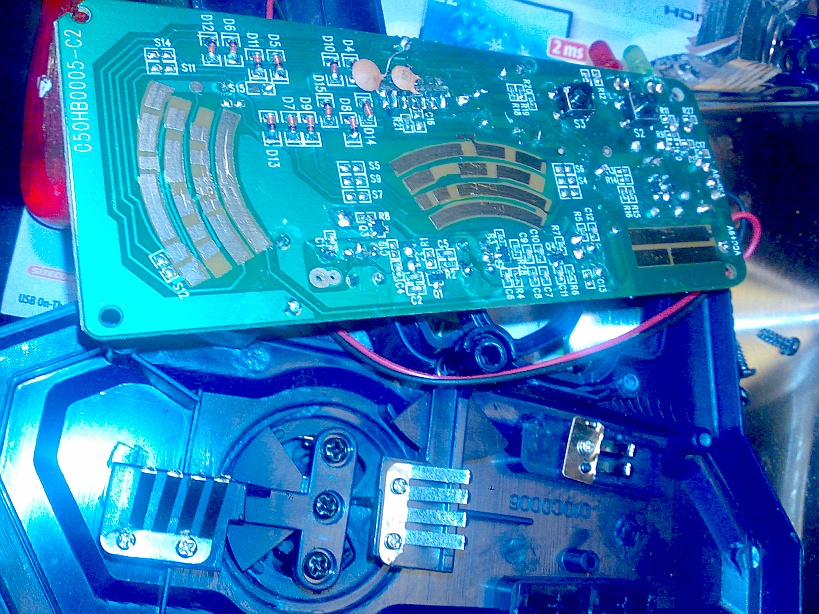
The motor isn´t pathetic, and can be replaced:
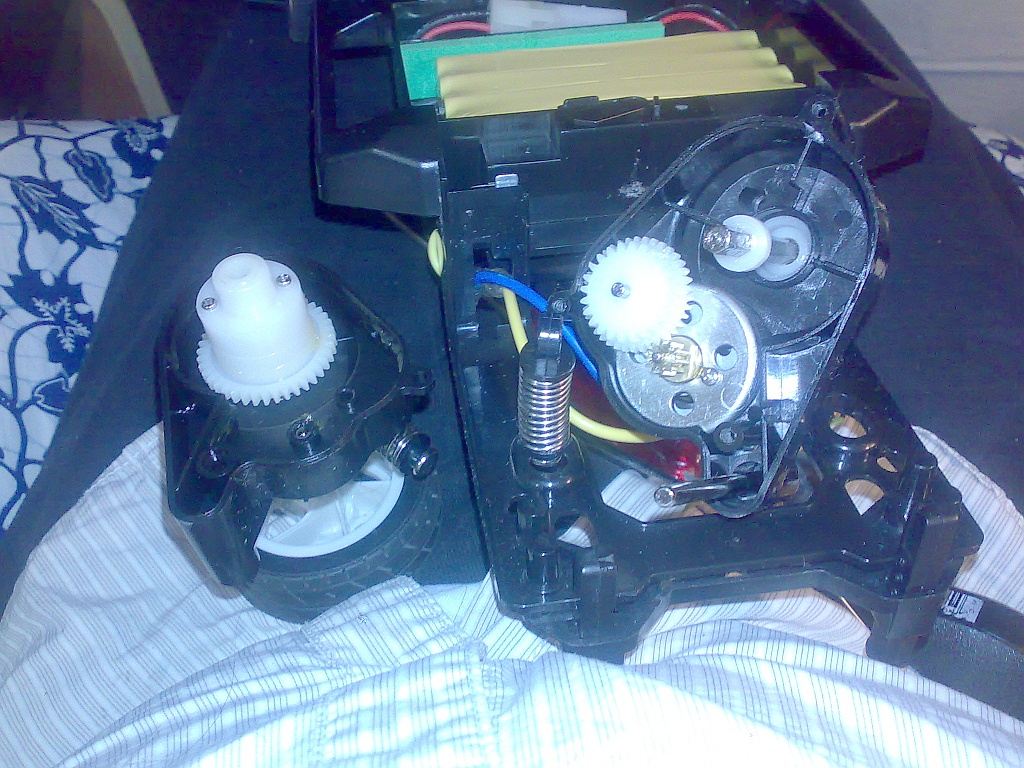
I didn´t take the differential apart.
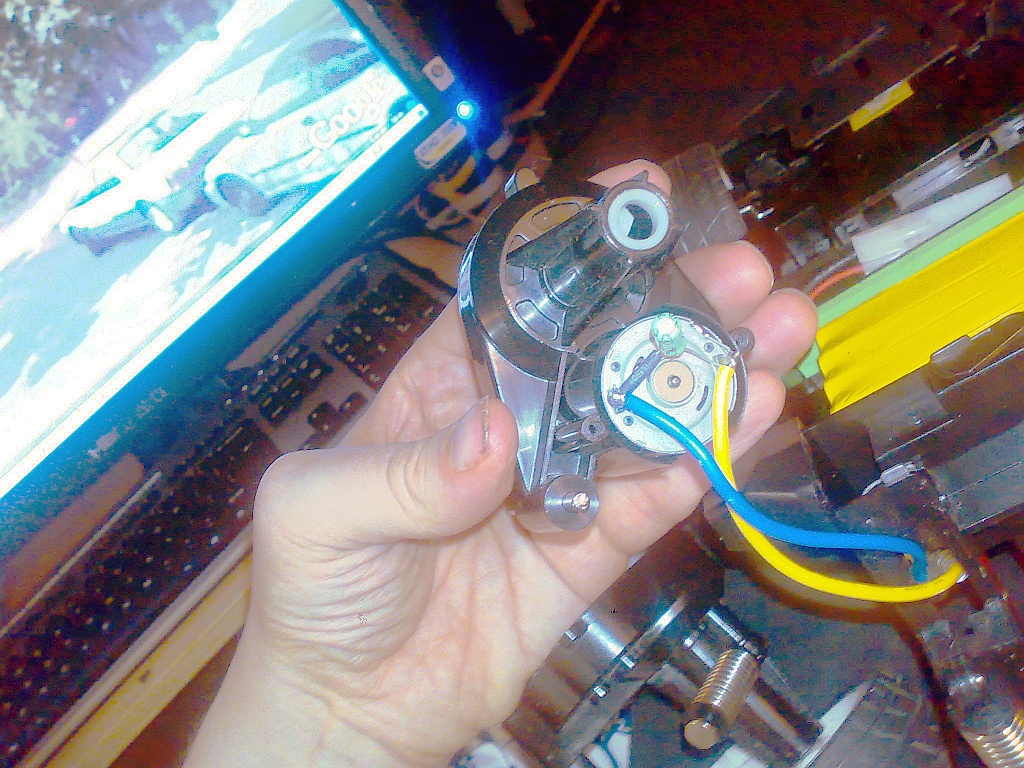
The front wheels are steered by what looks like a servo (standard RC
hobby device) but actually it´s only the motor, gears and
potmeter of a servo, the electronics are done by the central unit of
the car:
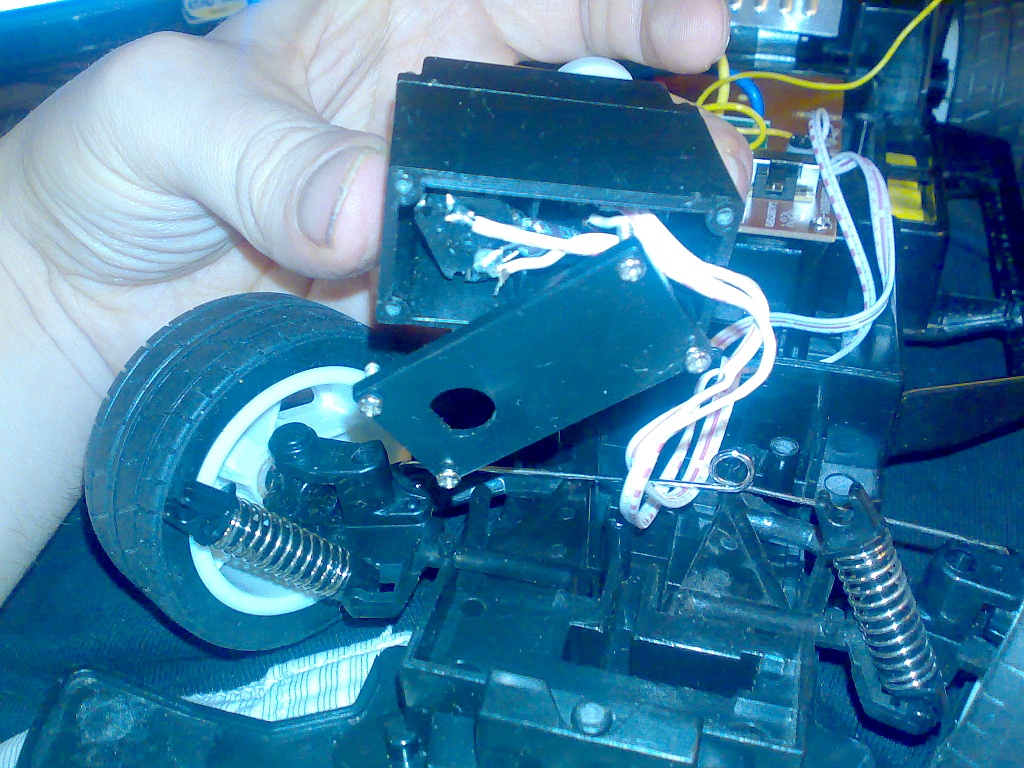
The Bristol synthesizer simulation software suite
This is an impression of the first official commercial sound
synthesizer I ever had the pleasure of playing, the Moog/Realistic, in
an impression from Bristol, which is Linux software to emulate dozens
of classic synthesizers:
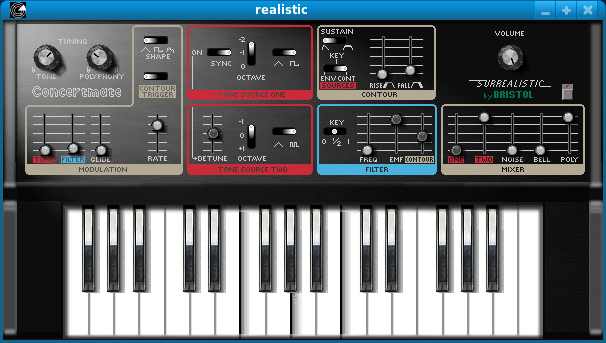
Example sound
(with reverb added by the jack-rack plugin stereo plate), in 96kbps
stereo mp3 (0.1 MB file).
I played it at the Tandy (Radio Shack) store long ago, which was cool.
As I said: Bristol is an Open Source Linux (oss/alsa/jack) synthesizer
software package with a lot of synthesizers being emulatable, even
simultaneously.
I´ve tried quite a few of them, and most work, and even sound
good in certain cases, and certainly they sound analog and playable and
like a musical instrument, which isn´t sayable for some of the
commercial ones, they don´t work good when you make music.











































